Before the war William Lyons had expressed his ambition to build one of the world’s finest luxury cars. Lyons wanted this car to have a full-size saloon body and be capable of 100 mph.
During the war, he would get together with his colleagues Heynes, Hassan and Baily during Sunday night fire watching sessions in Coventry to discuss and design a new engine. This would become the world famous XK engine that would stay in production for over 40 years and be the backbone of Jaguar’s success at Le Mans.
The exciting new engine was virtually ready for production. The designers bravely chose a twin overhead camshaft layout and after trying several configurations, the final engine was decided upon. It was to be a straight six of 3,442 cc and given the name XK. The achieved output was 160 bhp!
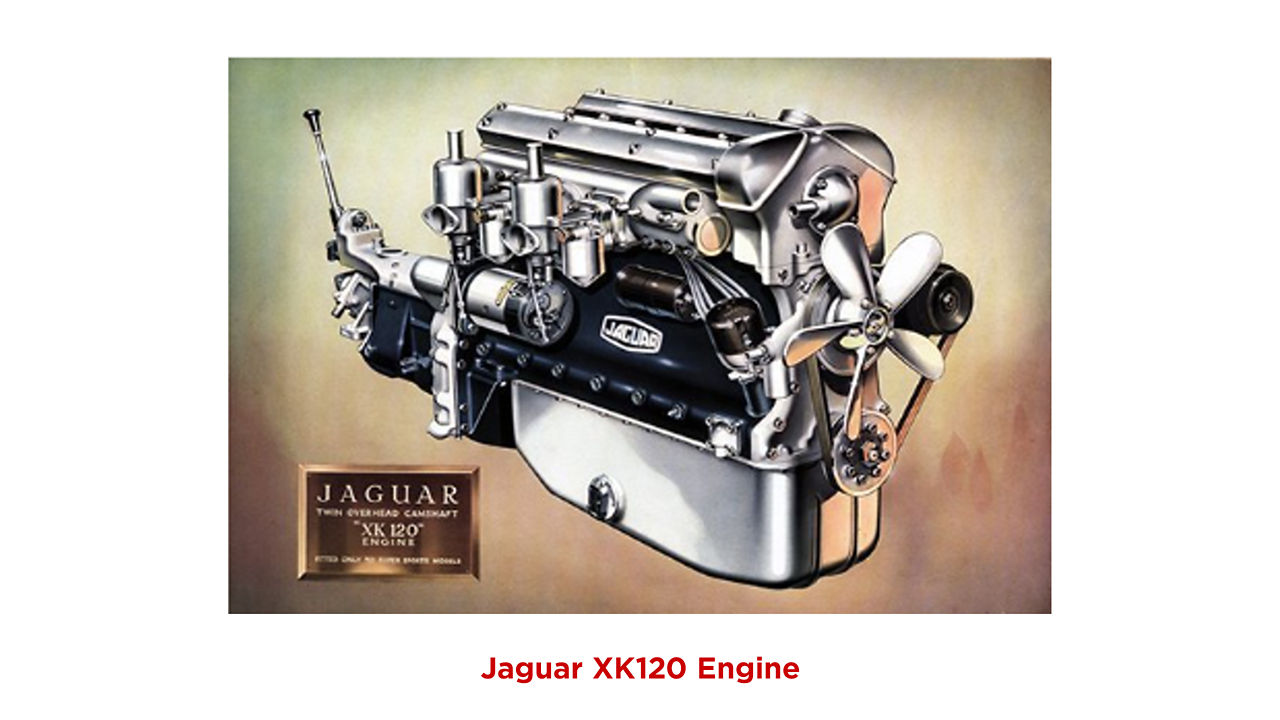
Jaguar now had a tremendously exciting new engine but work on the monocoque for the new Mark VII saloon was taking much longer than planned. It became clear that the Mark VII would not be ready in time for the first post-war Motor Show. The decision was made to showcase the engine in a new sports car, which would generate publicity.
The task fell then to William Lyons to design a suitable body that would fit a shortened Mark V chassis and with the help of Fred Gardner this was designed and built in a matter of months, in time for the 1948 Motor Show.
The result ‘stole the show’. It was known as the XK120 Super Sports. It was refined in the usual Jaguar manner, had unrivalled comfort for such a car, and to cap it all, was priced at just £998 (£1,298 with tax).
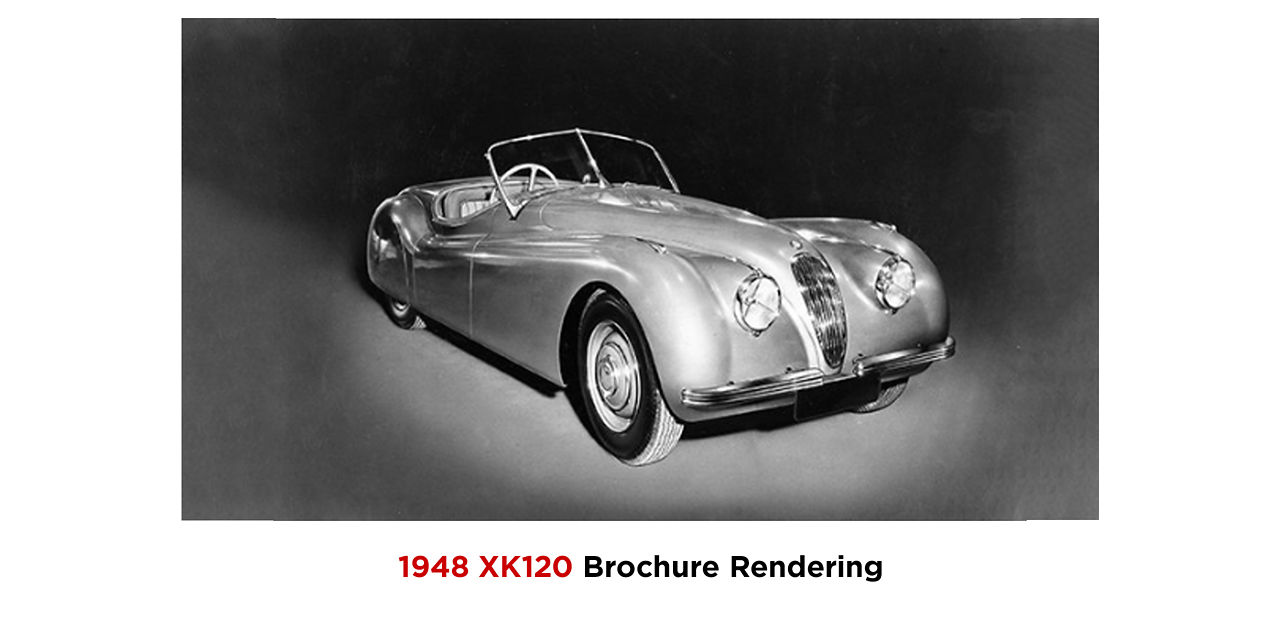
The name was based on top speed, which made it the fastest production car in the world! Indeed, at first people were skeptical and refused to believe what was being claimed for the XK120.
To convince the sceptics however, some tangible proof of the claimed prowess was needed. Accordingly, Jaguar took over a closed section of new dual carriageway at Jabbeke in Belgium where, in front of the assembled press, a standard XK120 proceeded to clock 126 mph.
Then with the windscreen removed, 133 mph was achieved. The orders came flooding in and Jaguar quickly realised that the couple of hundred originally intended could not possibly meet demand.
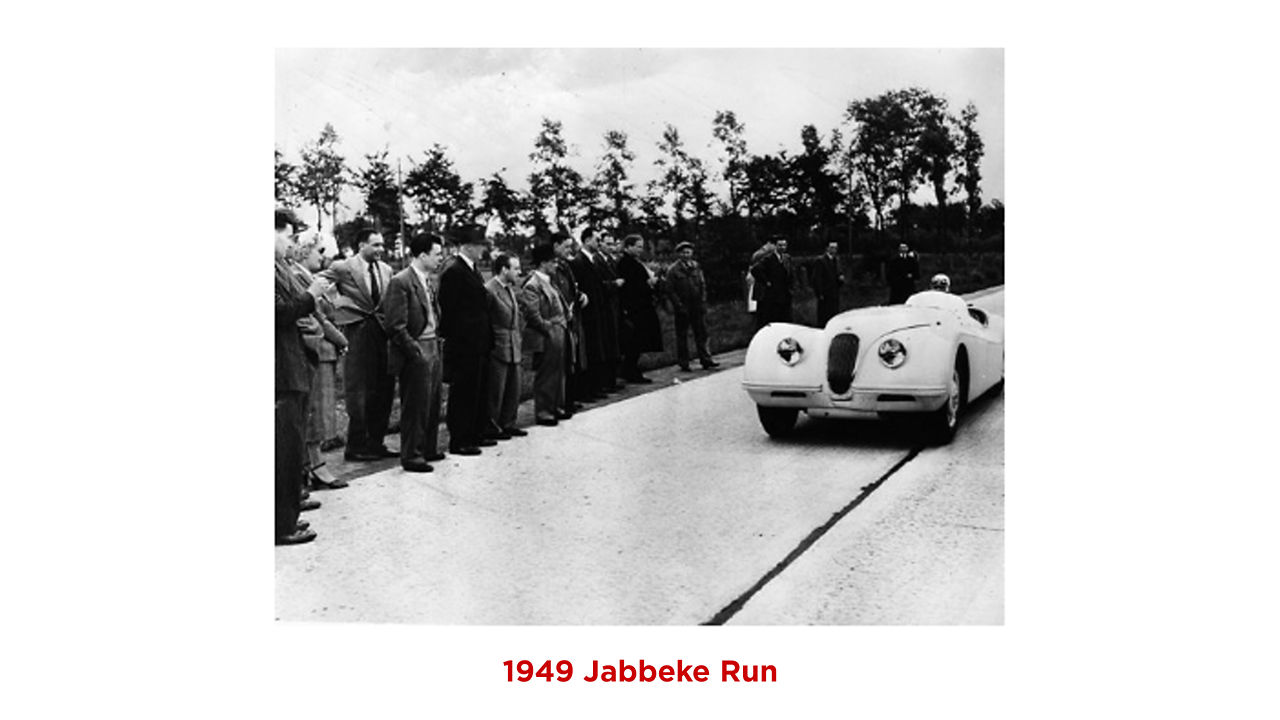
The XK120’s racing debut was at Silverstone in a Production Sports Car race in August 1949. Three cars were loaned by the factory to well-known drivers Peter Walker, Leslie Johnson and Prince Bira of Siam. Bira was unlucky enough to have a puncture, but Johnson and Walker finished first and second.
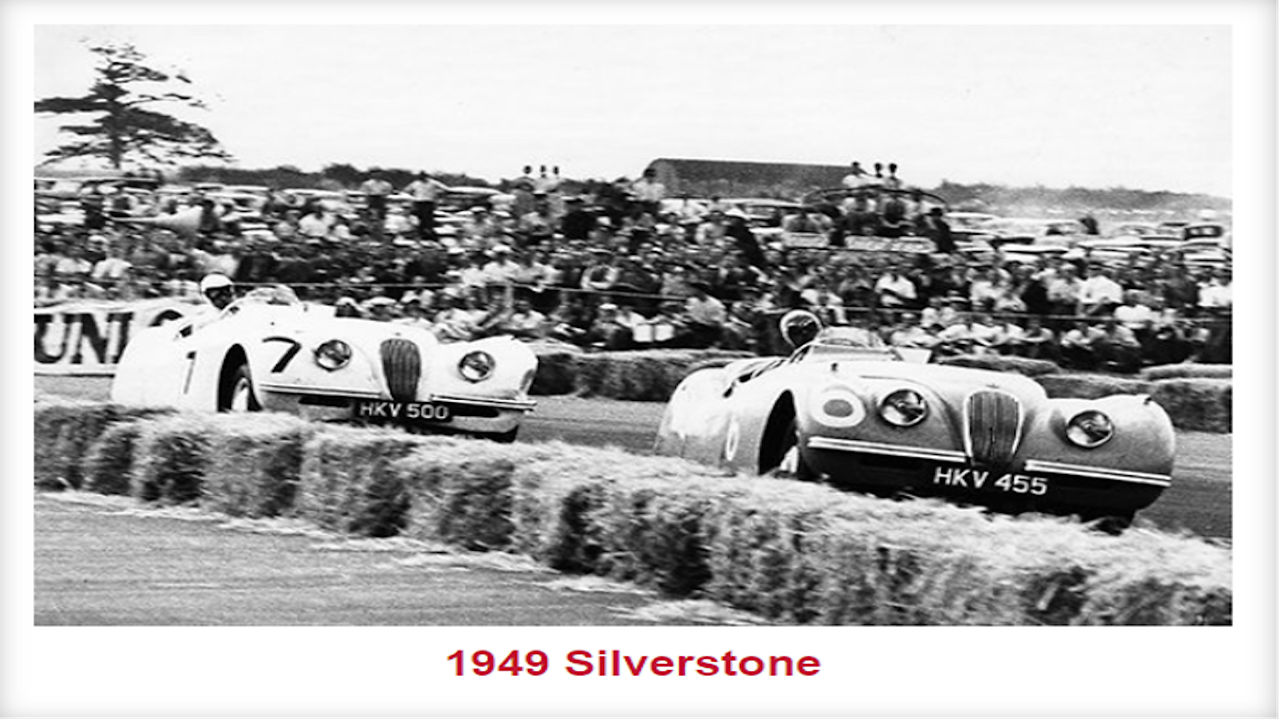
As it had not been originally planned to put the XK120 into volume production, the company hadn’t had either the time or the money available to invest in new press tools to make the body. The first 240 cars were all hand-built in aluminium, which was in plentiful supply, and once the company knew that there was sufficient demand for the car, it became worthwhile to commission the needed press tools.
The XK120 would become the first of Jaguar’s new generation of exciting high performance sport cars, with that lineage continuing today with the incredible F-TYPE.
Thank you to the Jaguar Daimler Heritage Trust for their support on Jaguar history and photography.
